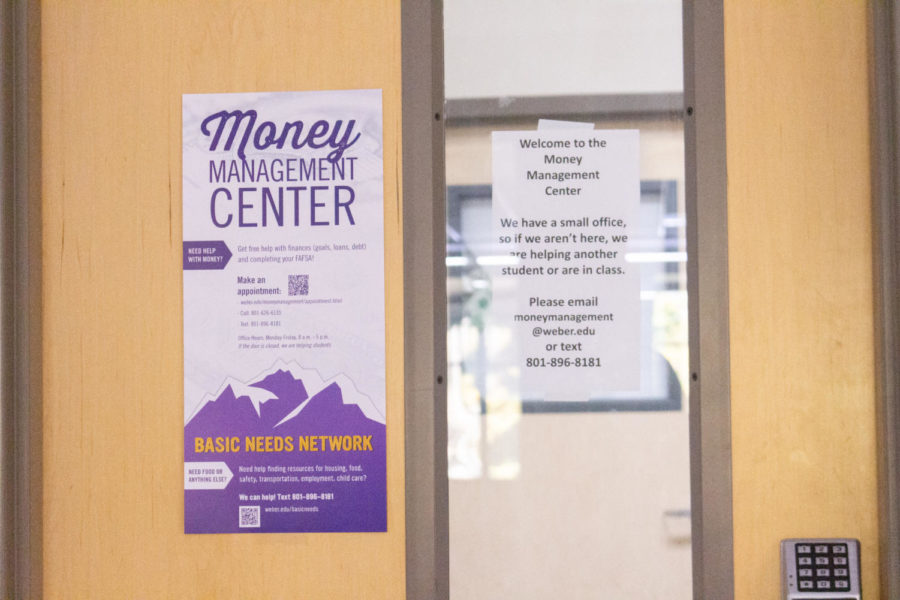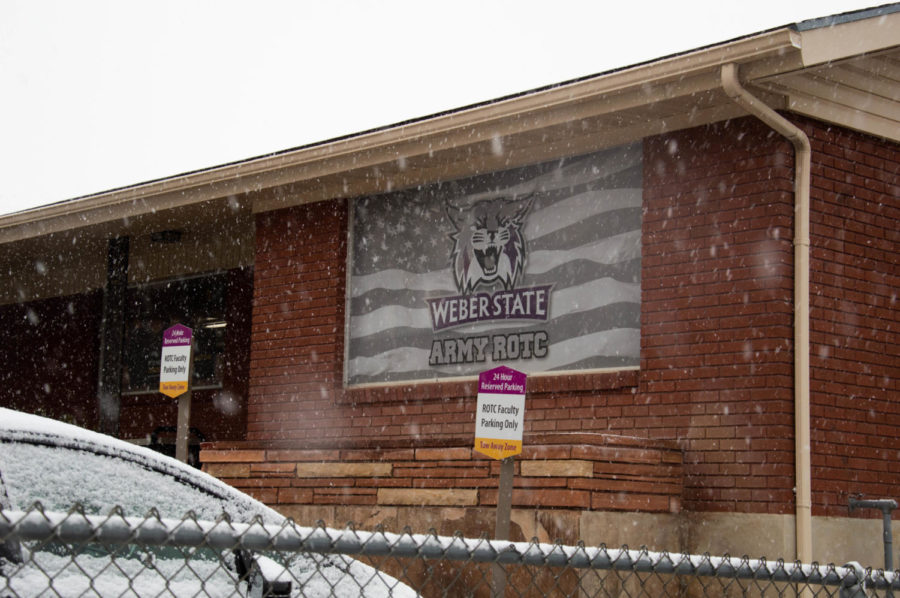
Anna Ivanova, WSU international student from Moscow, Russia and microbiology major, came to Utah in 2009, seeking better higher education in her field. From the beginning of the semester she has been searching for a laboratory assistant position, and although she has had responses, she has been confronted with barriers stopping her from launching her career.
“This is kind of challenging,” Ivanova said. “There are more opportunities in the U.S. (than in Russia), but it’s just harder to get one here.”
As the American economy grows at a steady pace, hiring has risen to the highest level in nearly a decade, and Utah’s economy, boasting its success, offers more opportunities to job-seekers, including newly-graduating students. However, international students seeking a job in the U.S. upon graduation are finding it difficult.
Ivanova has been using Optional Practical Training (OPT) work authorization, which allows her to work for one year in her field of study. “Not everyone wants to have someone just working for a year (in a laboratory job),” she said. “It is a challenging field to find a job as a student on OPT.”
OPT is a common way for F-1 international students to seek employment in the U.S., said Joyce Karen Garcia, SEVIS coordinator at the WSU International Student and Scholar Center.
Pre-completion of OPT allows qualified foreign students to work in a position directly related to their major areas for a year after graduation, and those with a degree in qualifying science, technology, engineering or mathematics (STEM) fields can apply for a 17-month STEM extension. If they want a longer period they are required to be hired by an employer who applies for an H-1B visa on their behalf.
Some students at WSU apply for OPT, but not many because they may not get a job, said Karen. Those faced with difficulties such as the health field opt to apply for a master’s program. Karen added that if OPT students cannot find a job in a 90-day unemployment period, they are supposed to leave the country unless they secure another type of visa status.
“For international students, it’s challenging. No question about it,” said Winn Stanger, Career Services director. “(One obstacle is) many companies think it’s hard to hire international students and they don’t know how to do it.” Stanger explained that he and the dean of the international program work closely to help local employers understand the value of having international students in their workplace with the current global economy.
Another barrier, Stanger added, is when someone wants to be hired on longer term because the costs of H-1B visa. The time the application takes and the fact that not everyone who applies for an H-1B visa gets it is difficult for both applicants and employers.
One international student who is facing that obstacle is master’s of business administration student Lion Fang, from Shanghai, China. After obtaining degrees in his home country and Australia, he came to Utah in 2012. Fang said, “I would like to stay here in Utah for two to five years,” to build a career as a financial analyst or a management assistant.
He said he really enjoys Utah’s peaceful, leisurely lifestyle. “It is a good place to start a career,” Fang said. However, despite his qualifications, he struggles to secure a job offer that sponsors an H-1B visa. Fang is concerned that smaller firms may not be able to afford the high costs of filing visa petitions for foreign students.
Consultation with immigration lawyers tends to be one of the biggest additional costs of hiring foreign workers, said Jenny Gnagey, an assistant professor of economics at WSU. “(A) lawyer’s time is expensive. So, I think it can be a barrier to firms, particularly small ones,” she said.
The H-1B cap and work visa restrictions often cast a cloud of uncertainty over international students’ career paths. Currently, the H-1B visa has an annual numerical limit of 65,000 visas each fiscal year, with an additional 20,000 for those with a U.S. master’s degree or higher, according to U.S. Citizenship and Immigration Services, but as the number of petitioners exceeds the supply, a lottery is held.
Gnagey explained that the U.S. is in a dilemma about the rising H-1B visa cap. While advocates for federal immigration reform work to increase the cap, seeing foreign workers, particularly skilled ones in the STEM fields, as a generator of economic growth, opponents are afraid that immigrants are going to take American jobs.
“Immigrants tend to start businesses at higher rates than domestic-born citizens,” Gnagey said. “Creation of successful businesses leads to additional job creation.”
Some international students are also puzzled by the online application trend today. Some complain about limited chances available to meet employers face-to-face. The online application is becoming more common, Stanger said, adding “it is an additional challenge because it’s not about the personality that an international student brings.”
Stanger asserted that there are more opportunities now than there have been in the past. He recommends international students have to be more prepared than American students to overcome barriers.
Ivanova, like many others, is not so pessimistic about her job prospects.
“I don’t think it’s impossible because we have a lot of laboratories in Utah,” Ivanova said. “It’s just hard to focus both on school and a job search. But I think by a fine time I’m sure I can find one.”









